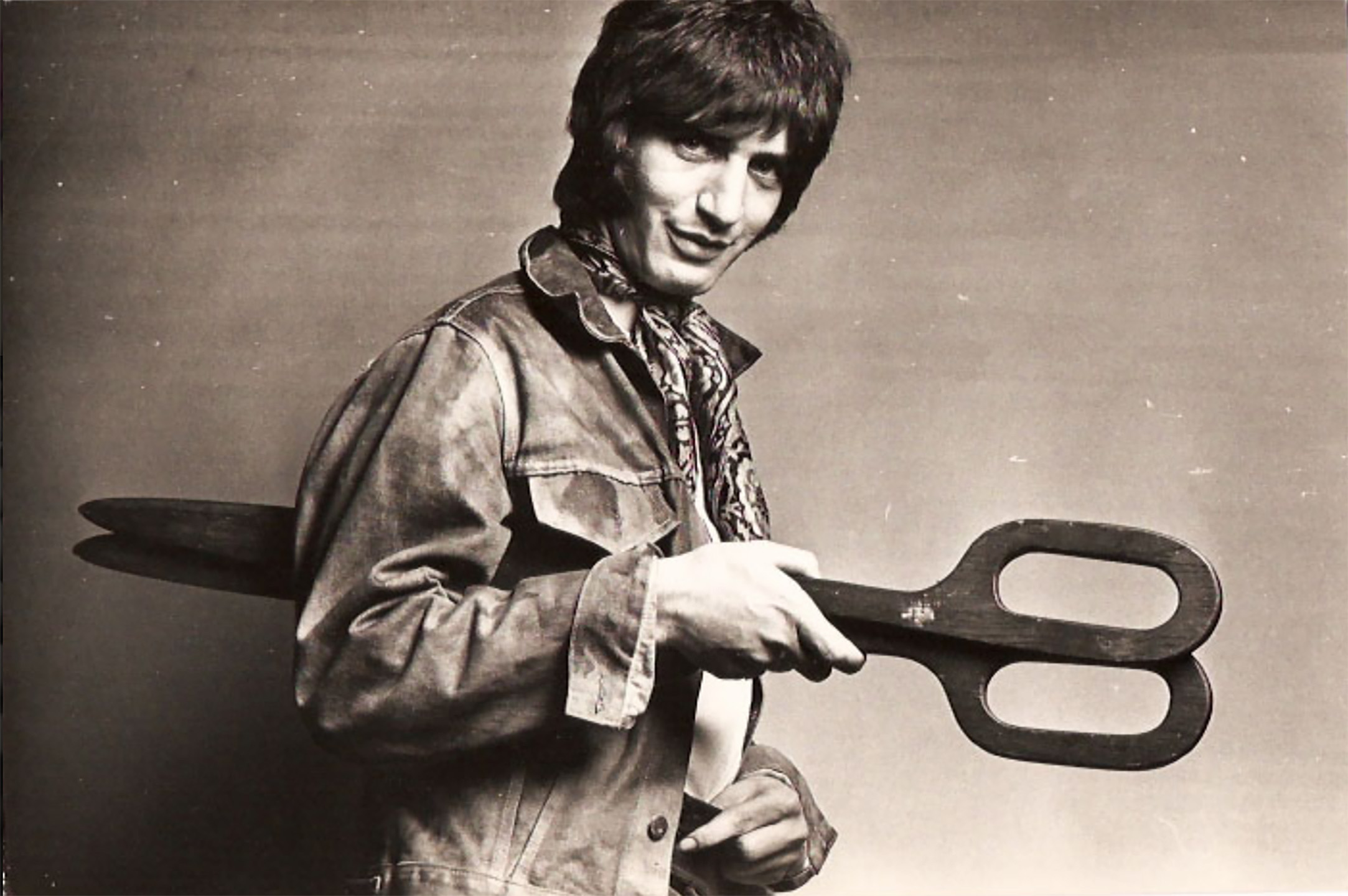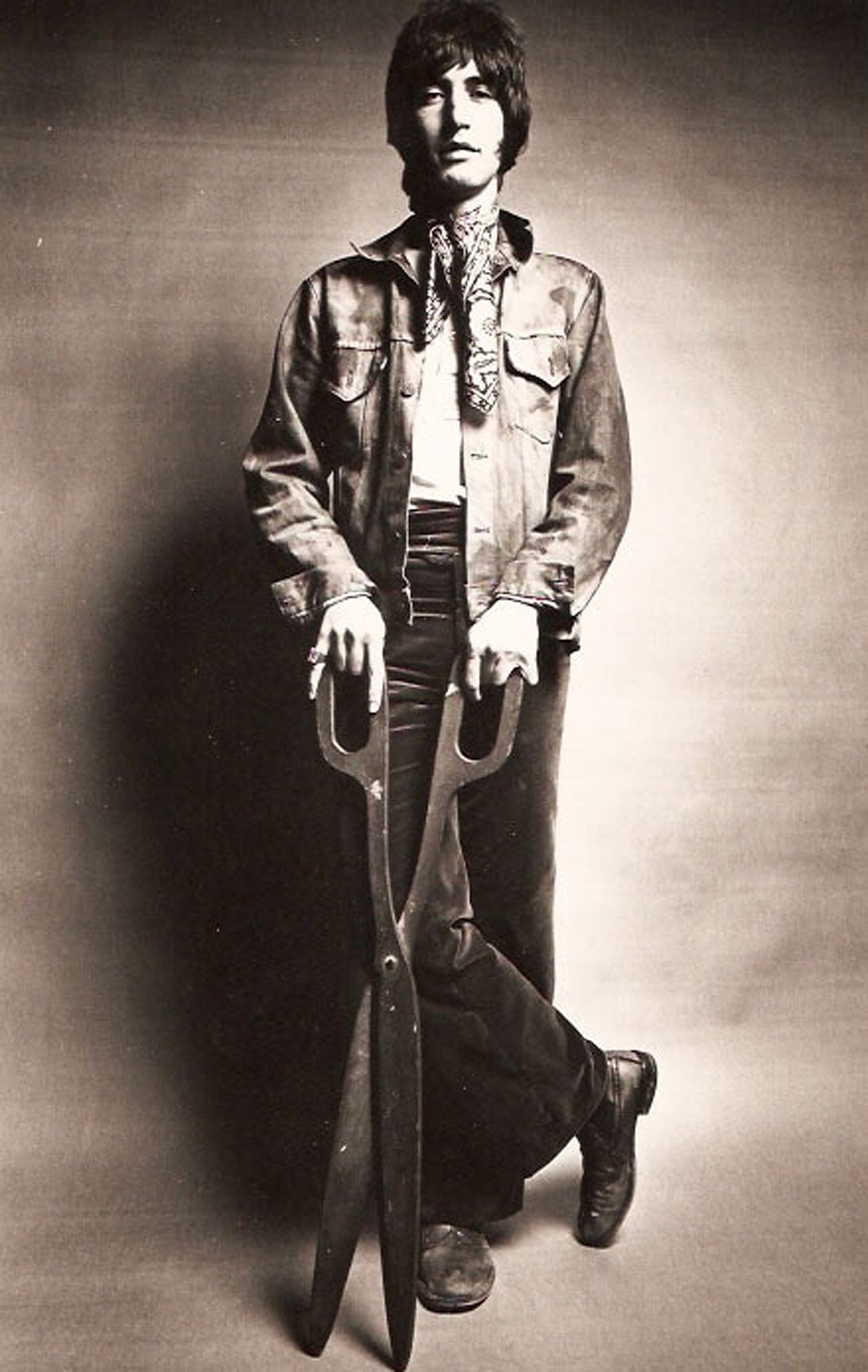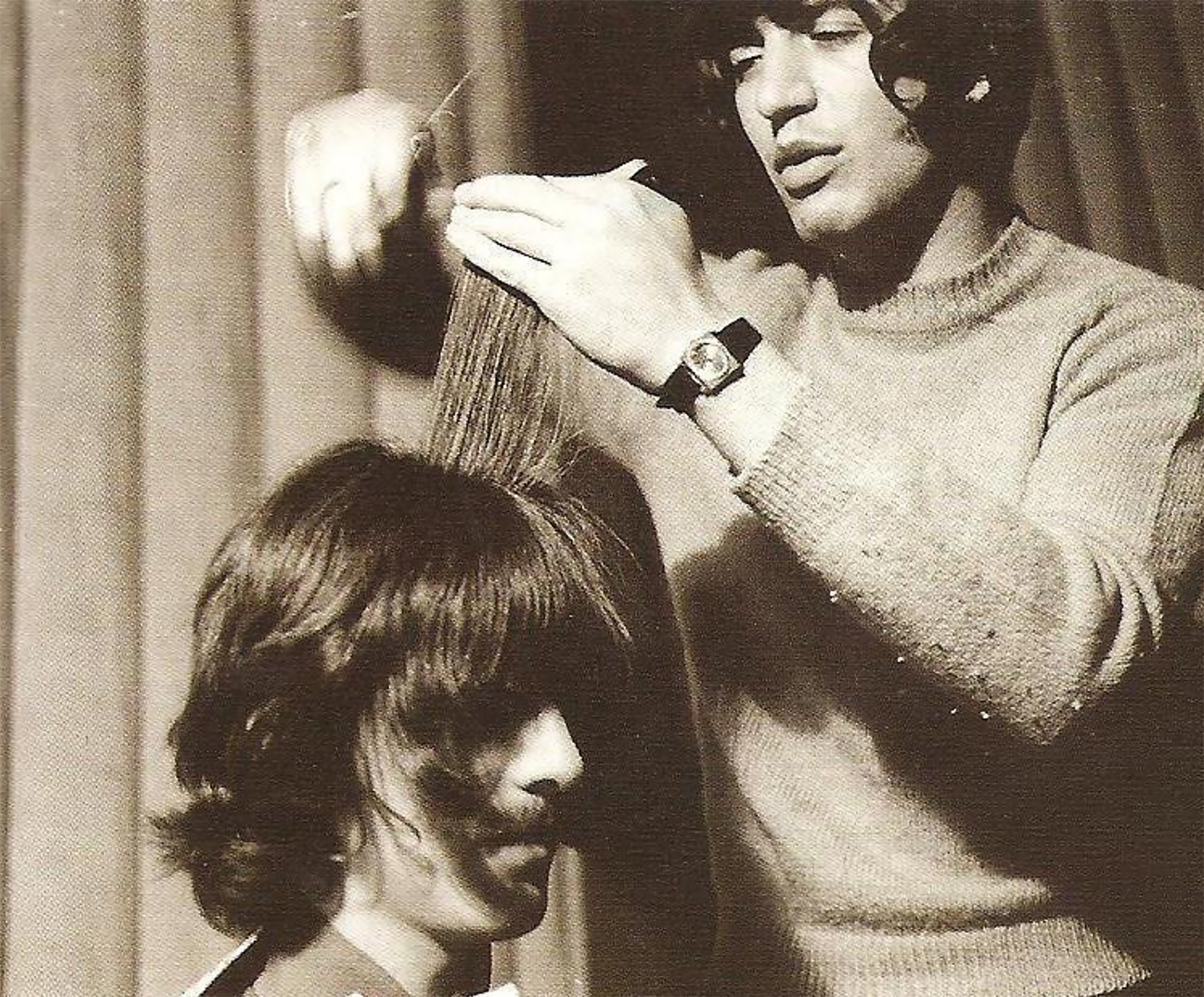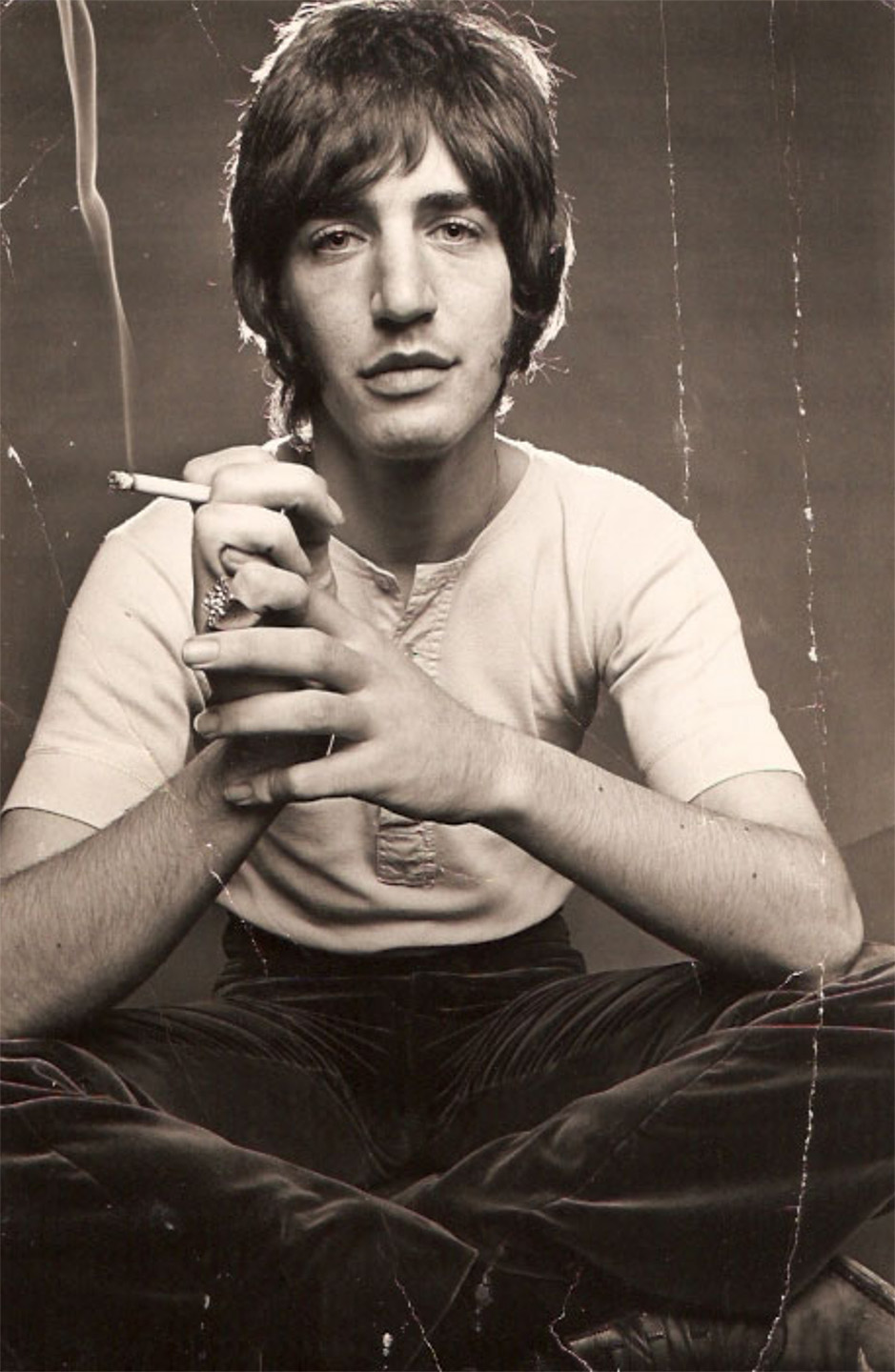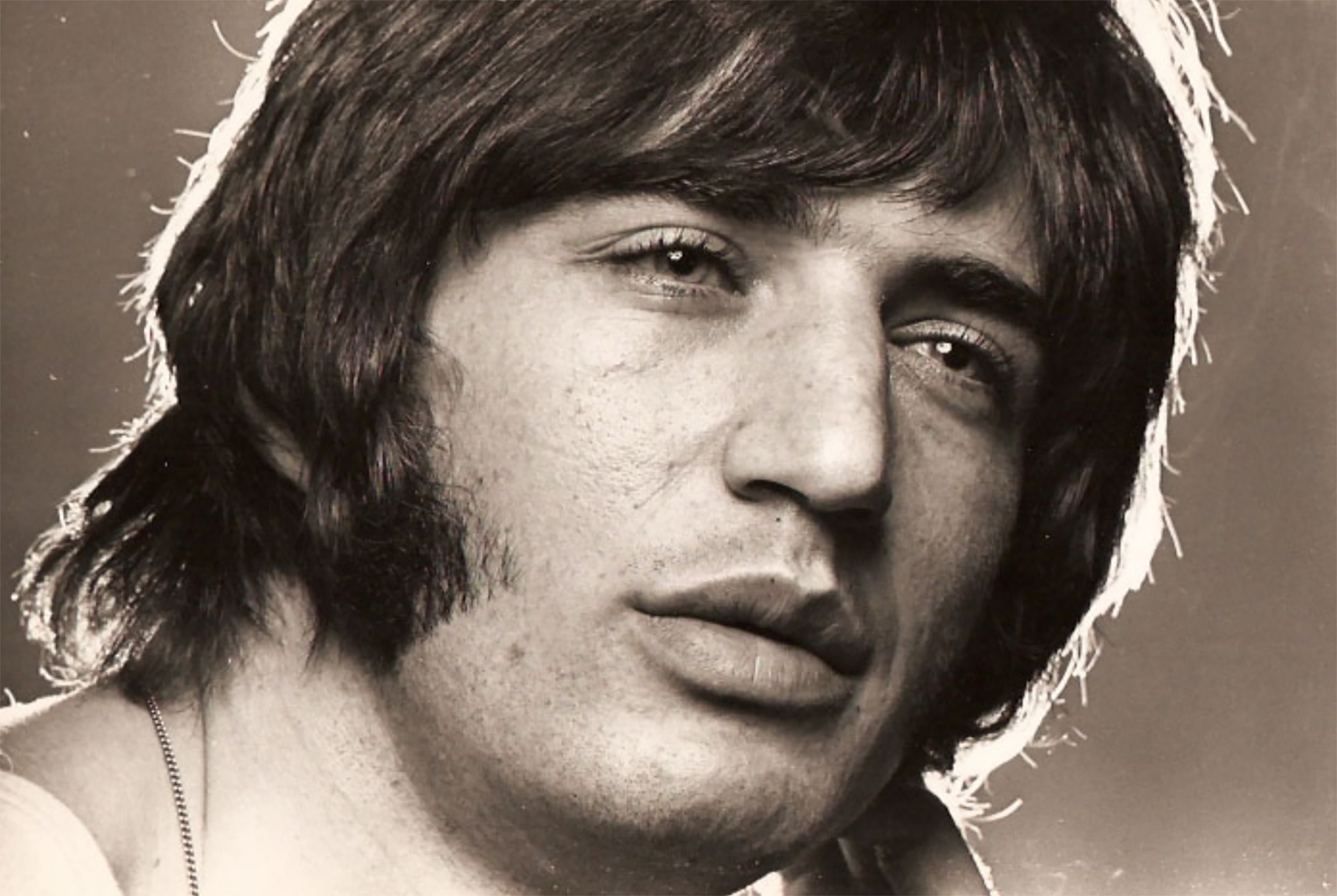IN CONVERSATION WITH BEATLES’ HAIRDRESSER LESLIE CAVENDISH
Leslie Cavendish has never forgotten the day, just over 50 years ago, when as an
employee of Vidal Sassoon’s revolutionary London hair salon, he styled Jane Asher’s
strawberry-blonde mane. The British actress had been a regular at Sassoon’s Bond
Street location, a celebrity magnet attracting all the fashionable women of the day.
But on that particular Saturday in1966, Asher’s regular stylist, Roger Thompson,
later Sassoon’s first-ever international creative director in New York, had fussed too
much with an earlier client’s hair and had fallen behind. He asked
young Cavendish to do the wash and blow-dry, and absolutely lived to regret it
when that little twist of destiny ended up catapulting his trainee – and not him —
into the orbit of The Beatles’ fame. After taking extra care, and ensuring that she
liked what she saw looking back at her in the mirror, he listened in astonishment as
Asher asked him would he mind doing a house call to cut her boyfriend’s hair. Her
boyfriend happened to be Paul McCartney. McCartney not only liked what the
house-calling barber did with his hair (including when he later cut it almost all off to
allow the Beatle to travel incognito on a much-needed vacation to Africa),
he genuinely liked Cavendish, an amiable bloke from the rather undistinguished
North London neighbourhood of Burnt Oak.
Macca, as the British press had anointed him, enjoyed Cavendish’s company so
much that following what soon became their regular haircutting sessions, he invited
the hairdresser downstairs to his music room for a spliff and a work in progress.
The first song McCartney played for him was When I’m Sixty-Four, which he was
then preparing for the as-yet-to-be-released Sgt. Pepper’s album. “That first
private, post-haircut concert was a surreal experience,” writes Cavendish, an early
Beatles fan. “There I was, hanging out with Paul McCartney, enjoying a preview of
Beatles songs that hadn’t even been released. As I listened to a few other bits of
music, sipping on my tea, it dawned on me that this incredible hairdressing gig
might not be a one-off. I might have actually gained a new client. Perhaps even
four.” Which is exactly what happened.
As anyone who knows anything about The Beatles can attest, when one did
something the others quickly followed. The four-headed monster, as Mick Jagger
took to calling them, played, worked, sang and groomed in unison. So, it wasn’t
long before Cavendish began cutting George Harrison’s hair, and then John
Lennon’s, whenever he could get the most erratic of The Beatles to sit still. The
Beatles allowed Cavendish to sit inside the booth at Abbey Road Studios during
recording sessions, which they rarely let anyone outside their group do. They also
invited him to be part of their new movie,Magical Mystery Tour, which immediately
followed their groundbreakingSgt. Pepper’salbum in the summer of 1967. Filming
began in September of that year, and Cavendish played hooky from the salon
where he was then still employed, claiming to be sick, in order to ride the painted
bus with them, from London to Newquay in Devon.
He hadn’t counted on the mobs of photographers who followed The Beatles’ every
move to capture his image, along with theirs, for the British papers. When his
bosses at Vidal Sassoon saw what he was up to, and realized that he had lied to
them, they promptly sacked him. “My nightmare had come true,” says Cavendish in
the book he co-wrote with Eduardo Jáuregui and Neil McNaughton. “I was out of a
job. I mentally waved good bye to my swinging Chelsea life, my professional
standing, most of my celebrity clients, perhaps even The Beatles.”
But charmingly wily and quick on his feet, Cavendish thought of a way to save face.
He asked to see Sassoon in person, explaining that by cutting Paul McCartney’s
hair, which the media had loudly bruited, he had brought great exposure to the
Vidal Sassoon brand. This had resulted in the salon’s attraction of even more high-
profile clients, including pop stars and actors. He acknowledged he had made a
mistake, and begged for a second chance. Sassoon relented and Cavendish got his
job back. But he wouldn’t stay long.
To his surprise, Paul and George wanted to make their relationship with him official.
In the spring of 1968, they set Cavendish up in his own shop which they – and they
alone – decided would be located on the ground floor of what at the time was
known as Dandie Fashions, the hip men’s clothing boutique on the King’s Road in
South Kensington. Their new fashion store opened on May 26,1968, and this is
where Cavendish next found himself ensconced. Without much persuasion he now
easily said good-bye to his career at Vidal Sassoon and hello to his new gilded life
as The Beatles’ full-time hairdresser.
He was the new fashionable man about town, quoted in the papers, photographed
in the magazines. George came frequently to bliss out while Cavendish ran a comb
through his thick hair. Other rock stars followed. Keith Moon and Dave Clark soon
became regulars. Jimi Hendrix, who shopped upstairs, would pop his head in and,
through the purple haze of smoke, ask for fashion advice. Cavendish had a very
good thing going. But good things rarely last.
For starters, Cavendish and Crittle didn’t get along. But their differences paled in
comparison to those of The Beatles, who, in 1968, had started slowly but
irrevocably to drift apart. By 1970, The Beatles had broken up, and Cavendish was
forced to move on.
In 1972, he turned away from hairdressing altogether, and devoted himself to
fashion.He has since returned to the city of his birth, where today he leads VIP
Beatles tours, elucidating through lively anecdotes and intimate first-person
accounts how they rocked the world – and he shaped their look. It’s where I meet
him, over a coffee in a Paddington hotel bar that stretches for hours, and over two
days. The time flies.

